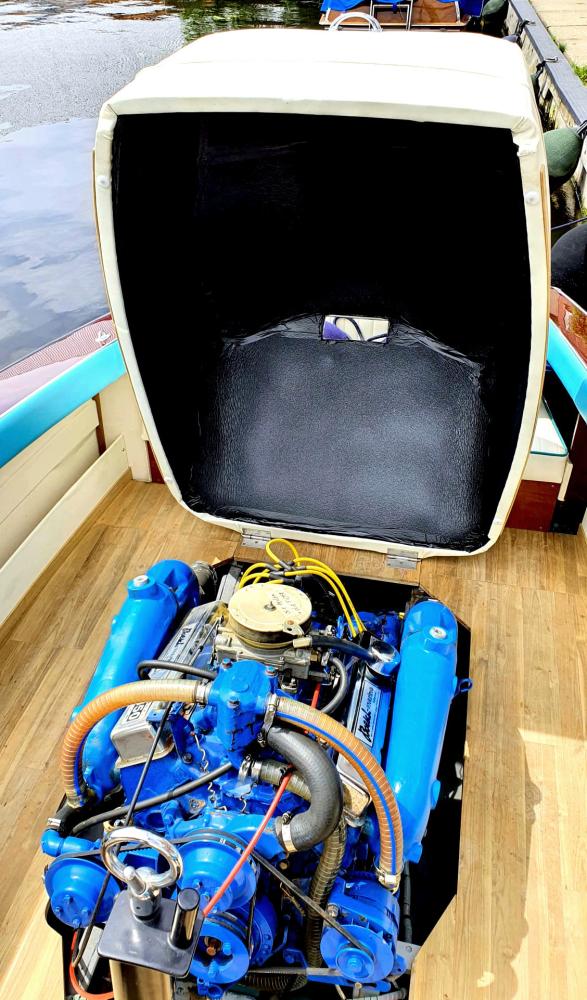-
 Flamex PUDirt-resistant Sound Insulation
Flamex PUDirt-resistant Sound Insulation- Acoustic foam, sound insulation
- Oil, moisture & dirt-resistant PU top layer
- Self-adhesive, easy to process
(incl. tax)Starting at £32.39
-
 Acousticcell PUDirt-resistant Sound Insulation
Acousticcell PUDirt-resistant Sound Insulation- Sound insulation, acoustic foam
- Automotive, boat & yachts, enclosures
- Self Adhesive, protective top layer
(incl. tax)Starting at £28.01
-
 Flamex FCSoundproofing insulation panel
Flamex FCSoundproofing insulation panel- Fibreglass Cloth (FC) top layer
- Heat-resistant Max. 150 degrees
- Soundproofing for boats and vehicles
(incl. tax)Starting at £52.97
-
 Merfocom CombinationSound insulation & Soundproofing
Merfocom CombinationSound insulation & Soundproofing- Soundproofing for boats and yachts
- Combi of insulation & soundproofing
- Oil- and heat-resistant top layer
(incl. tax)Starting at £106.36
-
 Merfocell PUSound Insulation Foam, PU Top Layer
Merfocell PUSound Insulation Foam, PU Top Layer- Oil- and moisture resistant top layer
- Sound insulation, noise absorbing
- Self-adhesive backing
(incl. tax)Starting at £32.40
-
 Isomat TSMass Loaded Vinyl, Sound Barrier
Isomat TSMass Loaded Vinyl, Sound Barrier- Mass loaded vinyl & Sound barrier
- Soundproofing in homes, boats
- Easy to process
(incl. tax)Starting at £26.15
-
 Flamex FC | Masking tapeFinish tape for Flamex FC
Flamex FC | Masking tapeFinish tape for Flamex FC- Finishing tape for seams
- Resistant to 60°C
- Roll length 15 metres
(incl. tax)Starting at £55.93
- Finishing tape for seams
-
 Merfocell FCHeat Resistant Acoustic Foam
Merfocell FCHeat Resistant Acoustic Foam- Fibreglass cloth top layer
- Moisture and heat-resistant
- Soundproofing engine compartments
(incl. tax)Starting at £57.96
-
 Acousticcell ALUSound insulation, heat-reflecting top layer
Acousticcell ALUSound insulation, heat-reflecting top layer- Sound insulation for engine compartments.
- Heat-resistant reinforced alu top layer fibre mesh.
- Self-adhesive, easy to cut.
(incl. tax)Starting at £33.70
Soundproofing and insulation for pleasure craft & ships
We offer a broad range of soundproofing and sound insulation for pleasure crafts, boats and ships. For any sound problem onboard we can offer a solution and product that goes with it. See our 'Boats & Yacht' page or take a look on our tips page section 'Boat & Yacht'. Can't find what your are looking for? Just let us know, we are happy to help out.

 Sound Insulation
Sound Insulation  Soundproofing
Soundproofing  Vibration Isolation
Vibration Isolation  Silent Ventilation
Silent Ventilation  Accessories
Accessories  Thermal & Acoustic Insulation
Thermal & Acoustic Insulation 